This article by Stephen Gilburt was first published by The Enfield Society in newsletter 238, Summer 2025. Pictures 8 and 9 are different from those originally published. All pictures are from the Enfield Society’s own archive except where noted.
Baker Street, also previously known as Bakers Street and Beaker Street, extends north out of Enfield Town from Silver Street (see Newsletter 237, Spring 2025) to Forty Hill (see Newsletter 198, Summer 2015). In the 18th century Baker Street was lined with grand houses including Enfield Court (see Newsletter 192, Winter 2013). Many were owned by London merchants. In the 19th century there were also chapels, schools, public houses, terraces of shops and houses. Most of the remaining large houses were replaced in the 20th century with private and council housing. In 1936 a long time local resident recalled a time when within half a mile there were three public houses, five beer shops, a temperance hall, the remains of the old Shoreditch workhouse, five courtyards, one brewery, various trading and business establishments and a building where prize fighters were trained.

Picture 1. Rectory Manor House stood on the north side of Parsonage Lane. It was sold in 1926 and houses in Monastery Gardens were built on the site. Its wrought iron gates were taken to Trinity College, Cambridge which had owned the house.
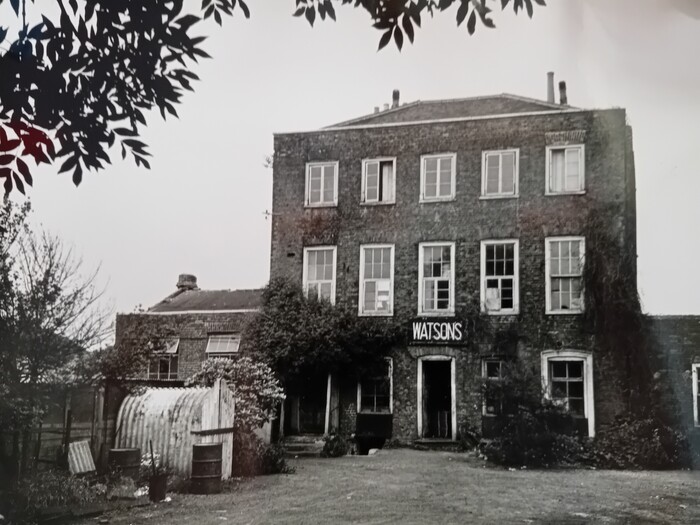
Picture 2. Fox Hall, opposite Graeme Road, dated from the mid 17th century. Entrance lodges flanked ornate 18th century wrought iron gates. To the north was a barn with a tiled roof. The house was demolished in 1963 and housing was built on the site. Part of the wall of one of the lodges can still be seen.
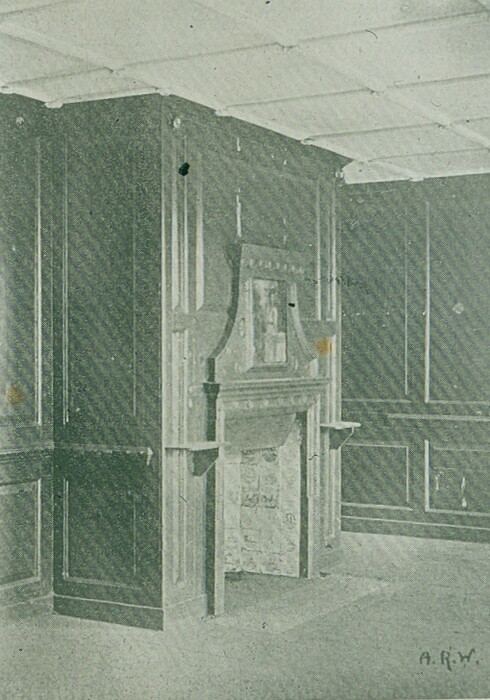
Picture 3. The interior contained panelled walls and carvings. The dining room had a low ceiling with Tudor roses. A spiral staircase led to bedrooms with marble fireplaces on the first floor.
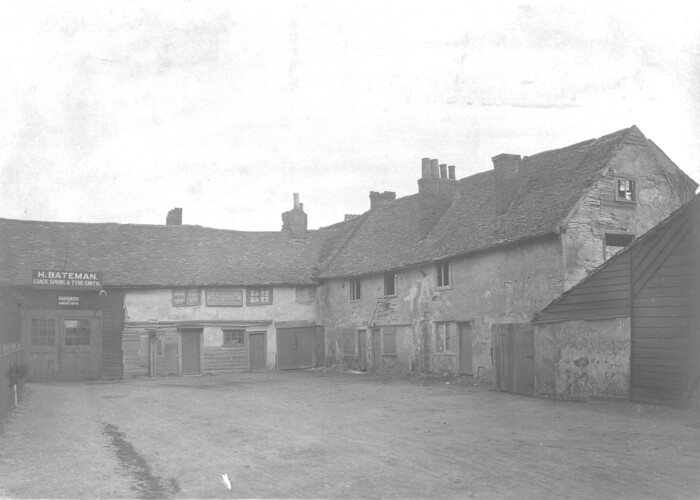
Picture 4. Meeting House Yard was the location of a Baptist chapel established in 1669. It was taken over by the Presbyterians in 1689 when the minister was Revd. Obadiah Hughes. A new chapel was built in 1702. [Credit: Enfield Local Studies & Archive]
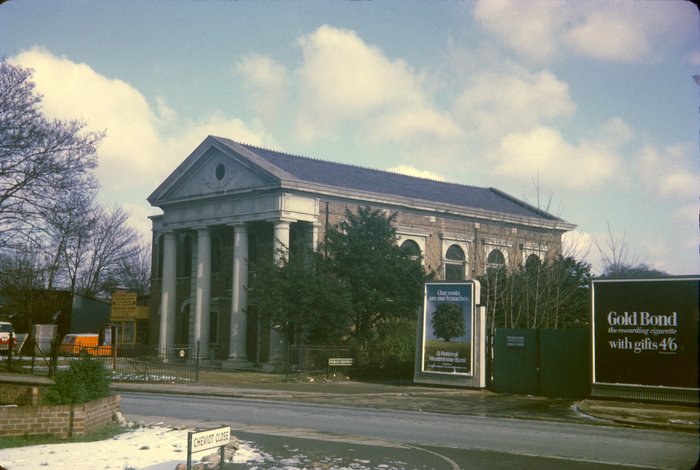
Picture 5. In the 19th century the chapel was run by Congregationalists. It was rebuilt in a classical style in 1862 with seating for 500. Revd. Samuel Joseph Smith was the minister for 58 years. After a period as a Salvation Army citadel from 1924 to 1933, it was acquired by the Old Baptist Union and was known as Emmanuel Baptist Church. The church was demolished in 1977 for road widening, but the hall at the back was for a time used by Enfield Evangelical Church. [Credit: Stephen Gilburt]

Picture 6. This view of the interior of the church shows it decorated for Harvest Festival in 1914.
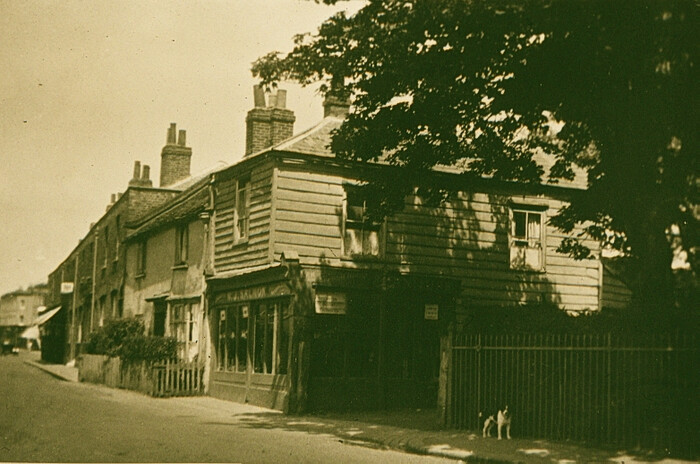
Picture 7. The various brick and weatherboarded 19th century houses and shops on the right were replaced by sheltered housing following their demolition in 1977. The alley on the right next to the Baptist Church led to a small Post Office which I remember visiting.

Picture 8. The Jolly Butchers public house at 168 Baker Street is locally listed. It was built in 1906 to an exuberant Edwardian design by William Stewart. It has rough cast gables, turrets and an extensive plaster frieze between the first and second floors. There was originally a road between the public house on one side and the off licence on the other side. [Credit: Andrew Lack/The Enfield Society]
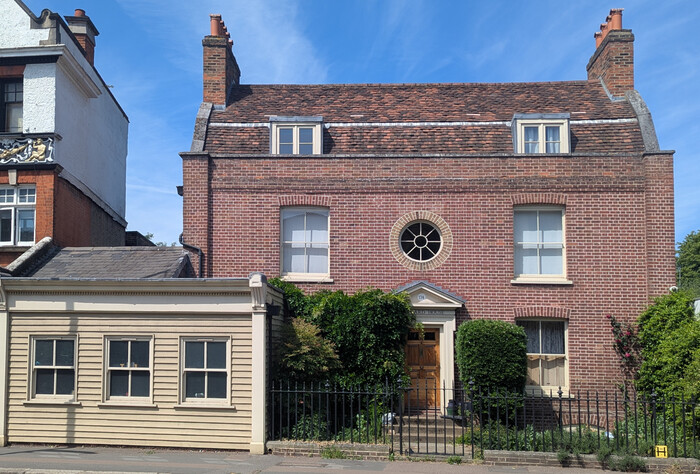
Picture 9. 174 Baker Street is an early to mid 18th century two storey brick house which is listed Grade II. It has stone coped gable ends and dormer windows in a tiled gambrel roof. It also has a basement where the servants would have worked. The adjoining late 19th century former shop has a weather-boarded side. [Credit: Andrew Lack/The Enfield Society]
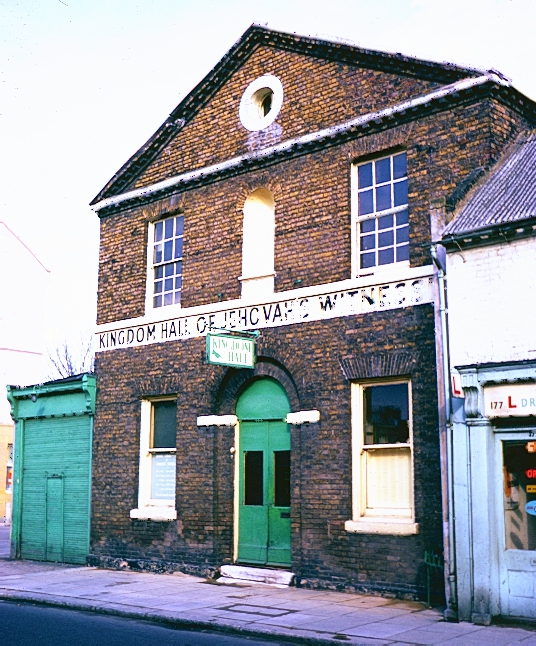
Picture 10. A school for poor girls was set up by Nonconformists in 1806, opposite the junction with what is now Gordon Road. It was funded by collections at Baker Street chapel and the two chapels in Chase Side, annual subscriptions and the sale of work done by the children. The 50 pupils were given dinners on school days during the winter and were instructed “in working and reading”. 40 of them were provided with school uniforms. The alcove between the windows above the entrance originally had a statue of a girl reading a book, similar to the one at the Edmonton Girls Charity School (see Newsletter 195, Autumn 2014). The building ended its life as Kingdom Hall of Jehovah’s Witnesses. Although listed Grade II, it was de-listed prior to its demolition in 1977.
For more information see:
- Victoria History of the County of Middlesex vol V 1976
- A History of Enfield by David Pam, volume 1: Before 1837, 1990; volume 2: 1837-1914, 1992; and volume 3 1914-1939, 1994
- A Glimpse down Baker Street by Daren Gordelier, EHHS newsletters 2012
- Treasures of Enfield, Discovering the Buildings of a London Borough edited by Valerie Carter, EPS 2000
- Local Heritage List, Enfield Council 2024
- Enfield Past by Graham Dalling, 1999
- The Enfield Book by Graham Dalling, 2007
- A-Z of Enfield’s Pubs Part 1 by Gary Boudier, 2000




